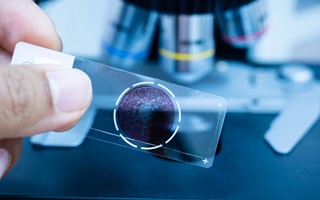News May 22, 2019 1m
Dr Philip Avenell, our Managing Director and Forensic Biologist, talks about the developments of DNA in an article in May 2019's edition of the Criminal Bar Quarterly Journal. He also discusses contamination issues, the statistical evaluation and understanding the significance of the results in context of the case.
DNA evidence made its courtroom debut in the case of Colin Pitchfork, who was convicted of murder in 1988. When it was first introduced, large volumes of material were required to obtain a result. However, as the realisation of the benefits of DNA testing gathered pace, so did the development of the methods used.
By the time I started my career as a forensic reporting biologist in 2002 the SGM Plus DNA test was the routine test used in criminal casework and had already been around for 3 years. The capabilities of DNA testing were continuing to develop fast and the use of the National DNA Database as a source of assistance in identifying unknown individuals was routine. Throughout my career I have been trained in DNA processing methods and reporting results for presentation at court using a variety of DNA techniques. Looking back, it is impressive to see the range of developments; such as the increased sensitivity, the wider range of sample types from which we can obtain a DNA profile and the wider investigative avenues available. It is also fair to say, with advances in Next Generation Sequencing (NGS) technology commonly seen in modern genetic research, we are about to go through another evolution in technology within the next 10 years or so.
To read more the full article can be found here in pdf format.
Click here for the full May 2019 edition of CBQ. The article above features on pages 13-17.
To find out more about DNA services offered by Forensic Access fill-in our online contact form or Tel: 01235 774870 to speak with our team.


